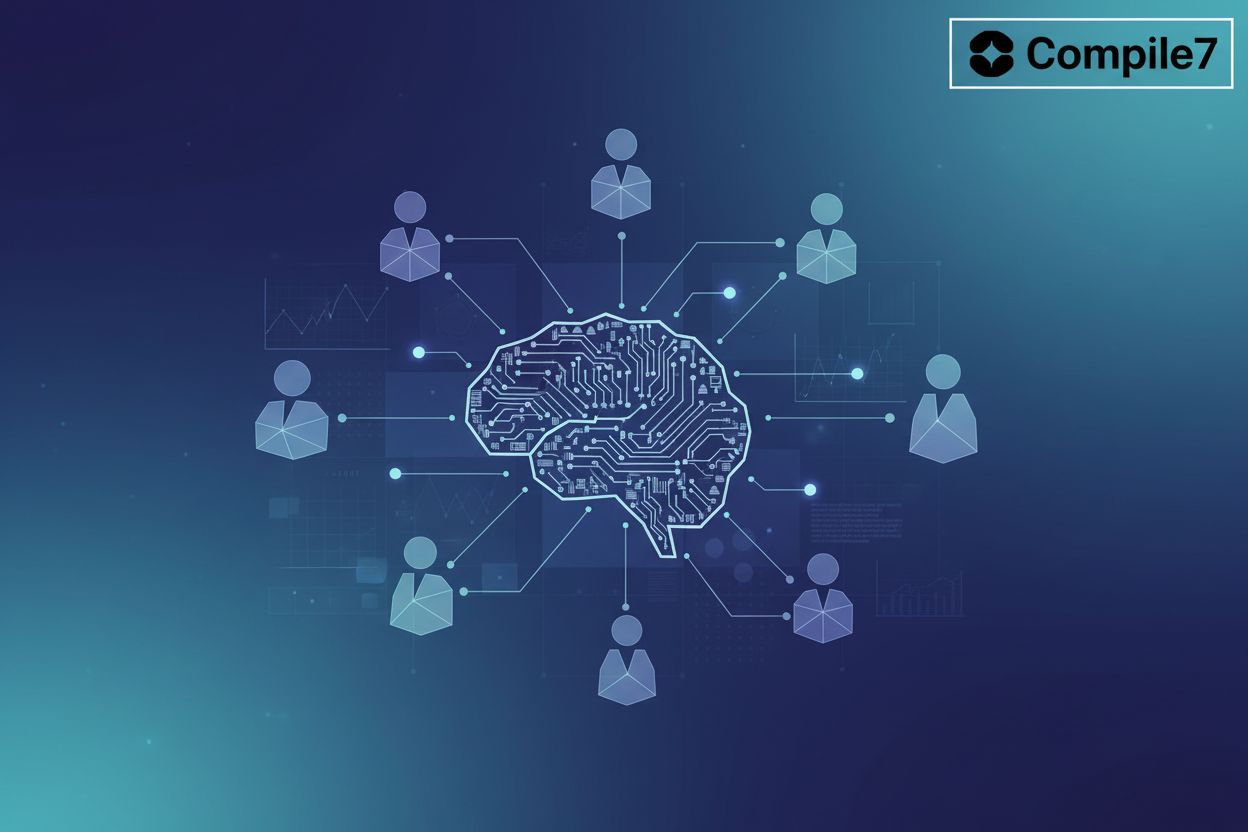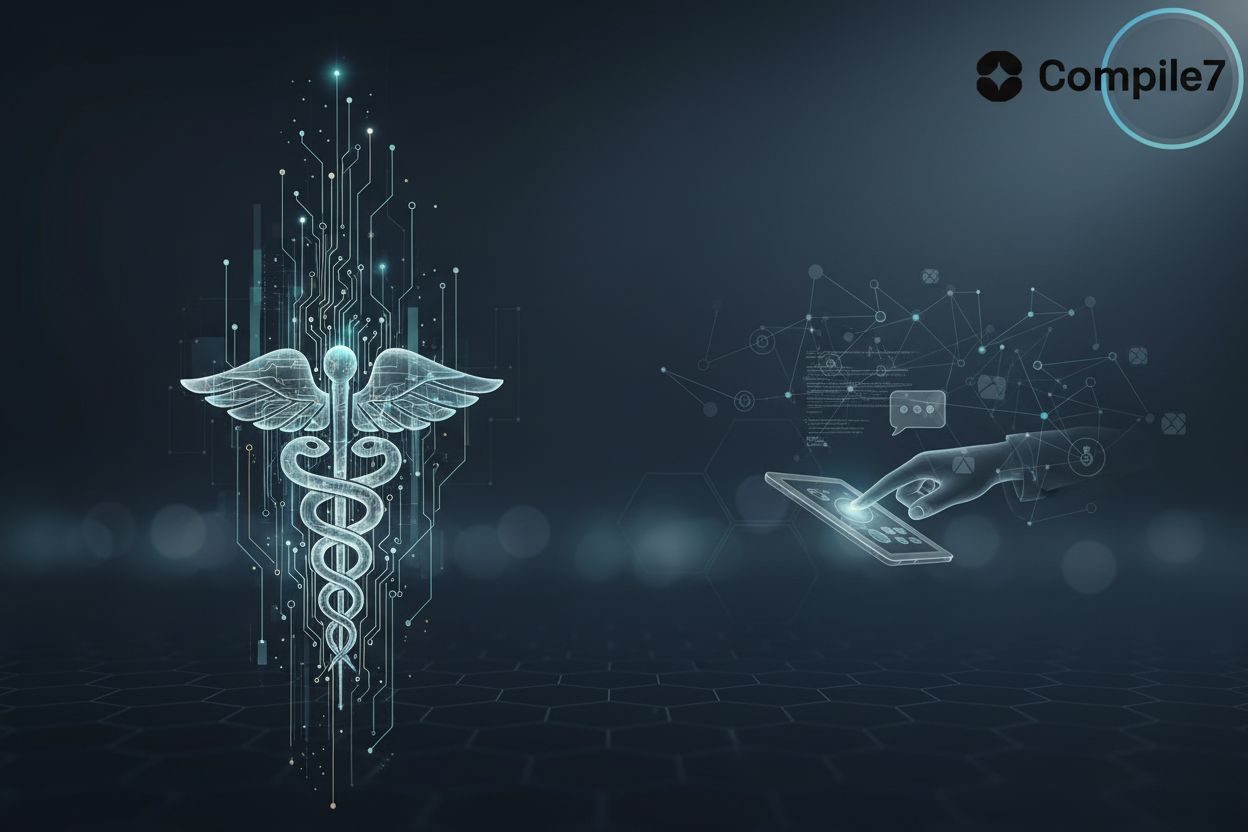Exploring the Various Types of AI Agents
TL;DR
Introduction to AI Agents
Okay, so AI agents. Ever wonder how some software seems to just 'know' what you need?
AI agents are basically autonomous entities that perceive their environment. This means they use sensors – like cameras, microphones, or data feeds – to take in information about the world around them. Then, they reason about what they see. This involves processing that sensory input, understanding it, and making sense of it, often using algorithms and internal knowledge. Finally, they act to achieve goals. This means they can make decisions and perform actions in the environment to accomplish specific objectives.
Think of your Roomba, but way more complex. AI agents are changing things up everywhere, and it's kinda wild. Now, let's dive into what they really ARE.
Simple Reflex Agents
Simple reflex agents? Think of 'em as the dummies of the AI world. They react, not think. Like, at all.
- These agents use condition-action rules. If this, then that. Super basic.
- They directly map what they see to what they do. No memory involved.
- Downside? They struggle with partial info. If they can't see everything, they're kinda useless.
Moving on from these straightforward responders, let's look at agents that have a bit more going on internally.
Model-Based Reflex Agents
Okay, so, model-based reflex agents... they're like, almost smart? They're not just reacting; they're kinda thinking things through.
- They got this internal model of the world. It's like a mental map, but for AI.
- This model updates constantly using new information from sensors and the outcomes of past actions. For example, a self-driving car's model might update its understanding of road conditions based on new sensor data about rain and its own past actions like braking.
- And get this, they can handle missing info better, cause they can kinda guess what's up based on their internal model.
Think of a self-driving car; it uses sensor data and its internal map. Next up: goal-based agents.
Goal-Based Agents
Ever wonder how GPS apps always find the best route? That's goal-based agents in action, folks!
- These AI's aren't just reacting; they're striving for a specific goal. Like getting you from point A to point B, without, you know, hitting traffic.
- They use planning and search algorithms to figure out the best path. This involves exploring different sequences of actions to reach the desired state. Common algorithms like A* or Dijkstra's are often employed here to efficiently find the optimal route. It's like a mini-strategy session happening inside your phone.
- Think of task automation in factories; goal-based agents figure out the optimal sequence of actions to get things done, efficiently.
Next up, we'll explore utility-based agents — things are about to get even more interesting.
Utility-Based Agents
Utility-based agents, now they're interesting. Instead of just reaching a goal, they want to reach it well. Like, super efficiently, y'know?
- These agents use a utility function. It's like a happiness score for different outcomes. This function quantifies how desirable a particular state or outcome is.
- They then make decisions based on what's likely to maximize that score. This involves calculating the expected utility of different actions and choosing the one that promises the highest expected return. Think of it as weighing pros and cons, but with math.
- They are also good at handling conflicting goals.
So, what's next? Learning agents!
Learning Agents
Learning agents, they're not just smart, they learn as they go—bet you guessed that, huh? Unlike those simple reflex agents we talked about earlier, these guys adapt.
- They improve performance over time by analyzing past experiences. Think of it like this: the agent tries something, sees what happens, and then tweaks its strategy for the next time.
- A key part is the feedback mechanism. It's like having a tutor that tells them where they messed up – or nailed it.
- They're not just reacting, they're actively trying to get better.
So, how does it work? Well, a learning agent typically has a few key parts:
- Critic: This component evaluates the agent's performance and provides feedback on how well it's doing.
- Learning Element: This is where the actual learning happens. It takes the feedback from the critic and uses it to adjust the agent's behavior or internal model.
- Performance Element: This is the part of the agent that actually interacts with the environment and takes actions. It's what the learning element is trying to improve.
- Problem Generator: This component suggests new problems or situations for the agent to try, helping it explore and learn in different scenarios.
Next up, let's explore how different agent types can be combined.
Hybrid AI Agents
Hybrid AI Agents? These are where things get really interesting, kinda like mixing all your favorite candies.
- They combine different agent architectures. Like, take the goal-driven agent and the learning agent, mash 'em together. Now, you got something that not only achieves goals, but gets better at it over time.
- Think of recommendation systems. They use model-based reasoning to understand user preferences and then apply learning to refine suggestions based on feedback.
- In finance, a hybrid agent might use utility-based decision-making for trading while incorporating a simple reflex agent to react quickly to market changes.
The diagram below illustrates how different agent types can be integrated to create more sophisticated systems.
Next up: let's talk about how to pick the right agent for your specific needs.
Choosing the Right AI Agent for Your Needs
Picking the right AI agent? It's not like grabbing a candy bar; you gotta think about it. What kinda mess are you trying to clean up, anyway?
- First, complexity matters. Is your problem simple, or does it have like, a million moving parts?
- Then, think 'bout the task. Is it something that needs constant updating, or is it a one-and-done kinda deal?
- Data is also key. Got tons of it? Great! Starved for info? That changes things.
- Finally, how fast does it need to be? Real-time decisions? Or can it chill a bit?
Basically, you need to match the agent to the actual problem; its not a one size fits all kinda thing.
Next, we'll dive into the future of AI agents, so stick around!
Future Trends in AI Agents
AI agents evolving? It's like watching tech grow up, honestly. So, what's next for these digital brains?
- Expect smarter agents via deep learning. Think AI that really gets context, not just keywords. Deep learning models, with their ability to recognize complex patterns and extract hierarchical features from data, allow agents to understand nuances in language, images, and other forms of information, going far beyond simple keyword matching.
- Multi-agent systems are gonna be bigger, too. Imagine a bunch of AI agents working together like a hive mind, optimizing everything.
- And hey, let's not forget the ethics. As AI gets more powerful, we gotta make sure it's playing fair. Nobody wants rogue robots, right?
Conclusion
So, AI agents--they're kinda a big deal, right? From simple reflex bots to those crazy hybrid systems, they're changing... everything.
- We looked at simple reflex agents, model-based agents, goal-based agents, utility-based agents, learning agents, and hybrid agents. Each type has its own strengths, and weaknesses.
- AI agents are popping up everywhere. Healthcare, finance, retail, manufacturing—you name it.
- The future? Even smarter agents, working together, but we gotta keep an eye on the ethics.
Leveraging AI agents is no longer optional, it’s how you stay competitive. It's the future, go with it.






